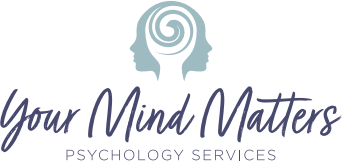The Upstairs/Downstairs Brain – Why kids have a hard time managing feelings and emotions.
We have all had moments where we have felt overwhelmed and dysregulated. Swamped by big feelings and emotions, it can feel like they have control of our body, rather than the other way round. For children, this can be a particularly scary experience, and they can struggle to calm down. Teaching children about how their […]
